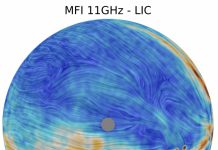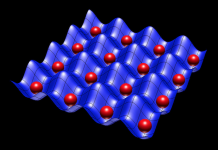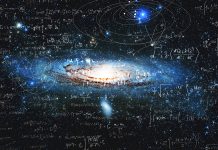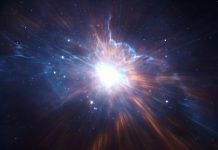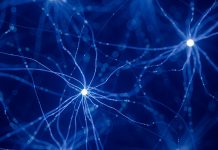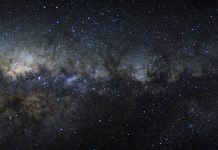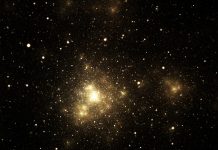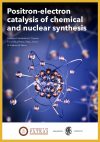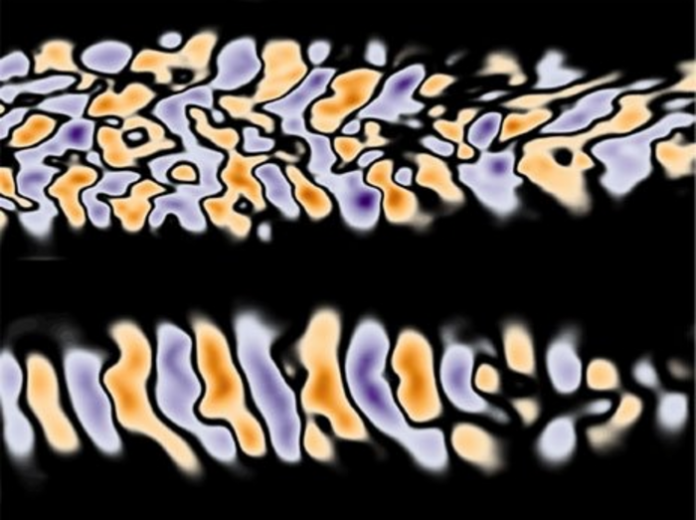
Recent research shows that magnetic fields can spontaneously emerge in plasma through a mechanism known as the Weibel instability
Plasma is described as matter that has become so hot that its electrons are separated from atoms; these electrons float freely, and the atoms become ions. This process produces ionised gas known as plasma which makes up nearly all visible universe.
New and exciting research Published in the Proceedings of the National Academy of Sciences journal has indicated that magnetic fields can spontaneously emerge in plasma.
Plasma, temperature anisotropy and the Weibel instability
According to researchers, if the plasma has a temperature anisotropy—a temperature that is different along different spatial directions then a magnetic field can occur – this mechanism is known as the Weibel instability.
The Weibel instability was predicted by plasma theorist Eric Weibel more than six decades ago. However, the phenomenon has only now been unambiguously observed in the lab.
Two challenges faced the team when attempting to demonstrate the Weibel instability unambiguously. First, until recently, researchers were not able to generate a plasma with a known temperature anisotropy as initially envisioned by Weibel. Second, researchers had no suitable technique to measure the complex and rapidly evolving topology of the magnetic fields subsequently generated in the plasma.
However, access to the Accelerator Test Facility, a Department of Energy (DOE) user facility at Brookhaven National Laboratory, allowed the team to “To create a hydrogen plasma with a known highly anisotropic electron velocity distributions on a tens of trillionth of a second timescale by using an ultrashort but intense carbon dioxide laser pulse.”
The results showed that the process can convert a significant fraction of the energy stored in the temperature anisotropy into magnetic field energy. It also finds that the Weibel instability could be a source of magnetic fields permeating the cosmos.
Understanding complex magnetic fields
The team explained that “The matter in our observable universe is plasma state and magnetised, magnetic fields at the micro-gauss level (about a millionth of the Earth’s fields) permeate the galaxies.”
The “galactic dynamo” is what it’s called when these magnetic fields are thought to have been amplified from “weak seed fields by the spiral motion of the galaxies”. These “seed magnetic fields” and their creation has been a longstanding question within astrophysics, one that researchers believe this breakthrough may help.
The research used a novel platform with great potential for studying the ultrafast dynamics of magnetic fields in the laboratory plasmas relevant to astro- and high-energy-density physics.



